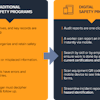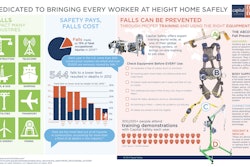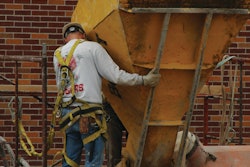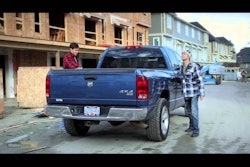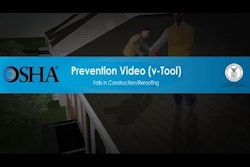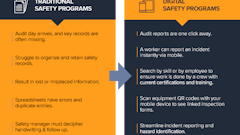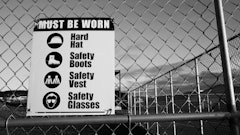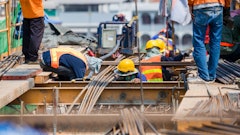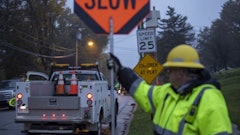Gleason Roofing Co. deliberately and repeatedly failed to use legally required fall protection for its employees at two New Britain, Conn., worksites and exposed workers to potentially fatal falls, the U.S. Department of Labor's Occupational Safety and Health Administration (OSHA) determined. The Enfield, Conn., roofing contractor faces four willful and two serious violations of safety standards and $294,000 in fines.
Responding on March 6, 2014, to a complaint, an OSHA inspector found Gleason employees exposed to 16-foot falls while ripping shingles from a roof at 551 Corbin Ave. On April 19, an OSHA inspector returning from another inspection observed Gleason employees exposed to 10-foot falls while ripping shingles from the roof of a house at 39 East St. Additional fall hazards at both sites occurred because ladders did not extend at least 3 feet above landings to ensure proper stability.
For these conditions, OSHA cited Gleason for four willful violations of fall protection standards, with $280,000 in fines. A willful violation is one committed with intentional, knowing or voluntary disregard for the law's requirements, or with plain indifference to worker safety and health.
At the East Street site, workers were exposed to falls while improperly ascending ladders and faced possible electrocution from working without protection close to a working power line. OSHA cited Gleason for two serious violations, with $14,000 in fines, for these hazards. A serious violation occurs when there is substantial probability that death or serious physical harm could result from a hazard about which the employer knew or should have known.
Gleason has 15 business days from receipt of its citations and penalties to comply, request an informal conference with OSHA's area director, or contest the findings before the independent Occupational Safety & Health Review Commission.

